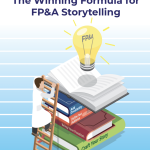On October 12th, 27 FP&A executives representing various companies, such as Colgate-Palmolive, Novartis, Diageo, Ultimate Medical Academy, Sony Pictures, Veolia, Omnicom Group, and many others gathered to participate in a discussion on the topic of FP&A Storytelling in a Data-Driven World. This was the tenth International FP&A Board meeting in New York.
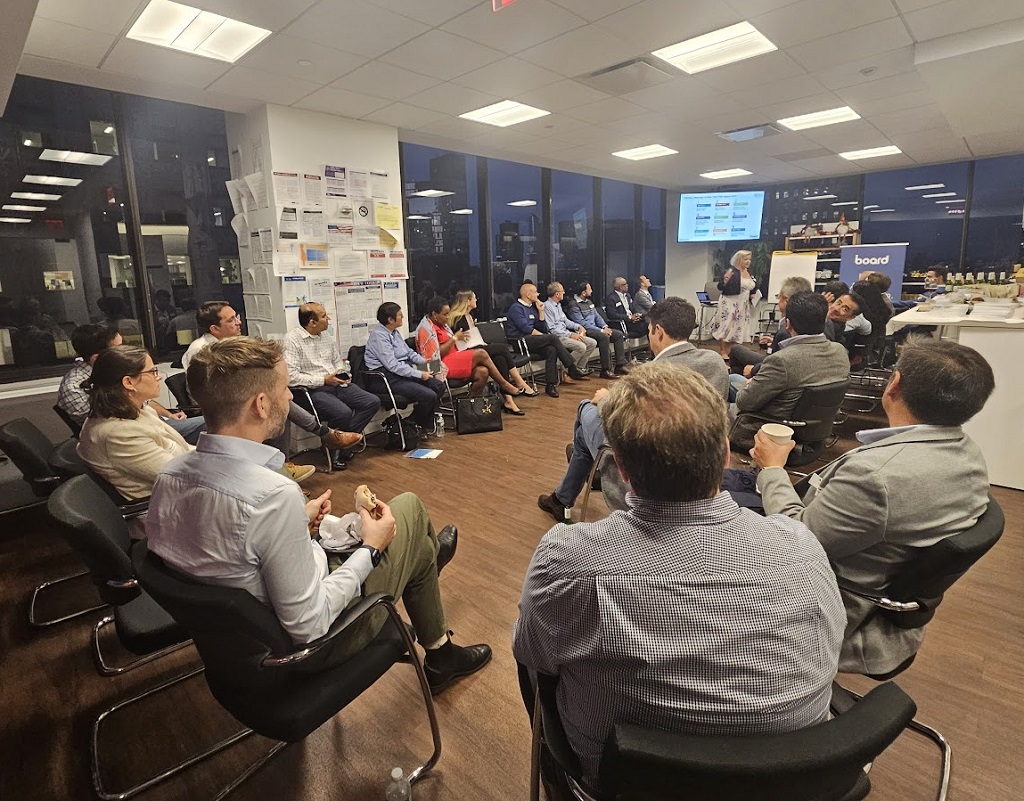
Figure 1: New York FP&A Board №10, October 2023
The event was sponsored by Board International in partnership with Michael Page.
In this article, we are recollecting the key insights from that meeting.
Introduction
The evening started with the introductions. Larysa Melnychuk asked the participants to share the most critical factor for a successful FP&A story from their point of view.
The most popular answers were as follows:
- knowing your audience,
- business knowledge,
- effective communication,
- credibility,
- earning trust,
- paying attention to the quality of the data used in the analysis, etc.
The Impact of the Newest Technology on FP&A Storytelling
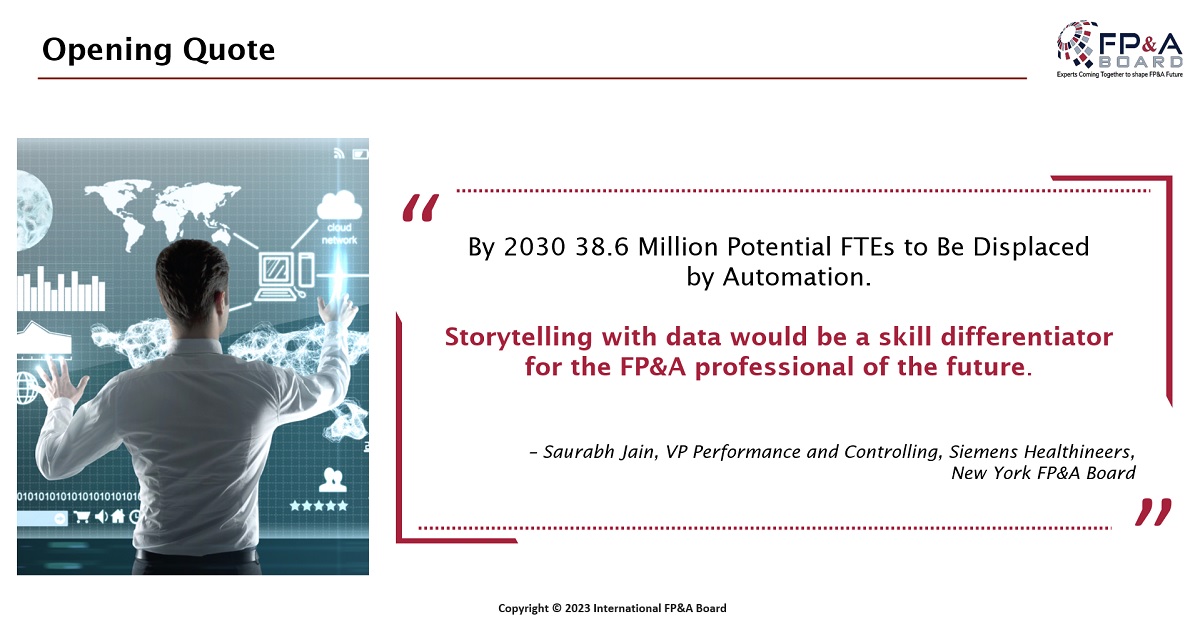 Figure 2
Figure 2
Larysa shared a quote by Saurabh Jain, VP Performance and Controlling at Siemens Healthineers, stating that more than thirty-eight million jobs will have disappeared due to automation by 2030. After this, the executives discussed the impact of Artificial Intelligence/Machine Learning on the FP&A process in their industries. Some FP&A Board Members were sceptical that AI/ML could be helpful, while others shared how they used AI at their companies to save valuable time. The audience agreed that rapid technological developments would influence the data aspect of FP&A, which currently accounts for 45% of the FP&A team’s time distribution. In addition, the forum also agreed that AI wouldn’t be able to affect such a critical aspect as FP&A storytelling.
While technology is changing and becoming easier to use, embracing it and learning to use it wisely allows FP&A professionals to get to faster and more efficient decision-making. But even with those technological changes, FP&A storytelling with the data is here to stay, as storytelling is more art than science. Art can’t be automated with AI or ML. Additionally, participants shared that storytelling and tailoring the story to the audiences is not a type of skill that can be easily taught to data-savvy people.
The forum also touched upon common issues that our industry faces. The 2023 FP&A Trends Survey shows that 70% of companies still rely on spreadsheets or older consolidation systems for planning and analysis, while 52% of businesses use Excel exclusively as their primary tool. Someone shared that famous players in the market made firm decisions regarding AI-related tools, as they should not be used with financial data at all for privacy reasons. At the same time, if properly deployed, technology can help with the abovementioned activities, like data collection and validation. It will help save time for storytelling and align the message to the corporate strategy.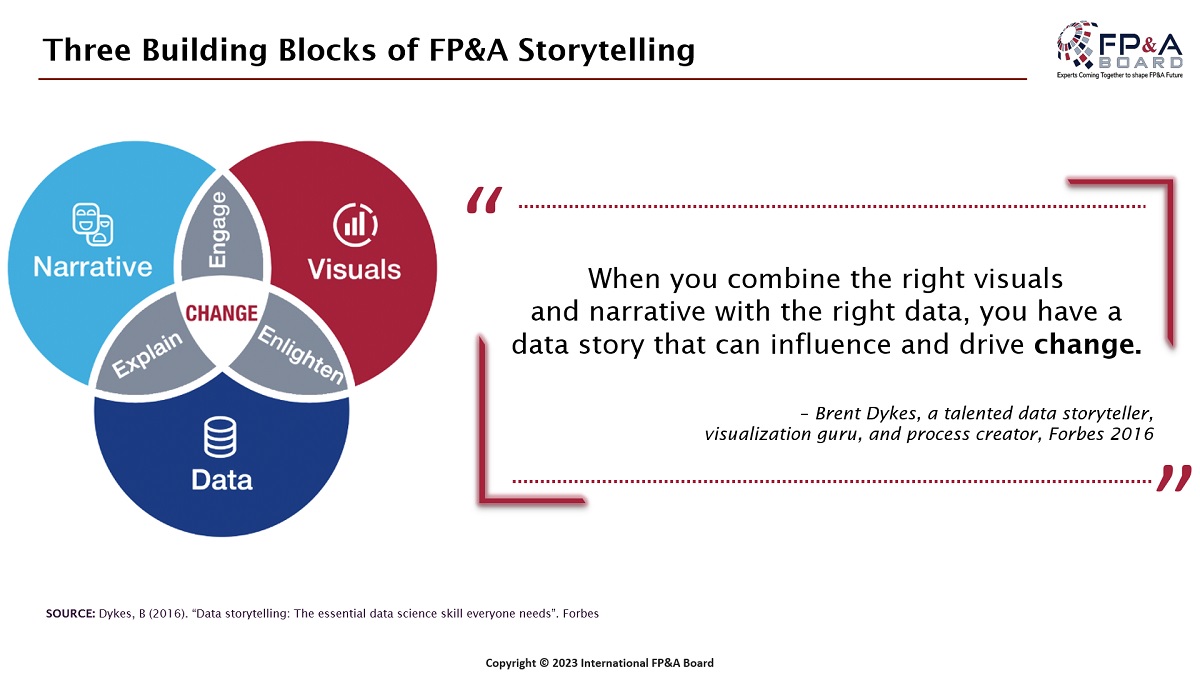
Figure 3
The audience also discussed the three most important pillars of FP&A storytelling: narrative, data, and visuals. They touched upon the creation of the most effective narrative, highlighting that the emotional aspect is as important as the quantitative one. FP&A is about selling a story to the audience. That is why emotional intelligence, connection, and bringing your passion are fundamental aspects of an effective FP&A presentation.
Other questions raised during the evening and actively discussed were as follows:
- How advanced is your firm with AI?
- Do you currently employ data scientists?
- How do you come about understanding your data?
- How is AI currently helping you, and what tools do you consider to be installed?
A Case Study from the Field
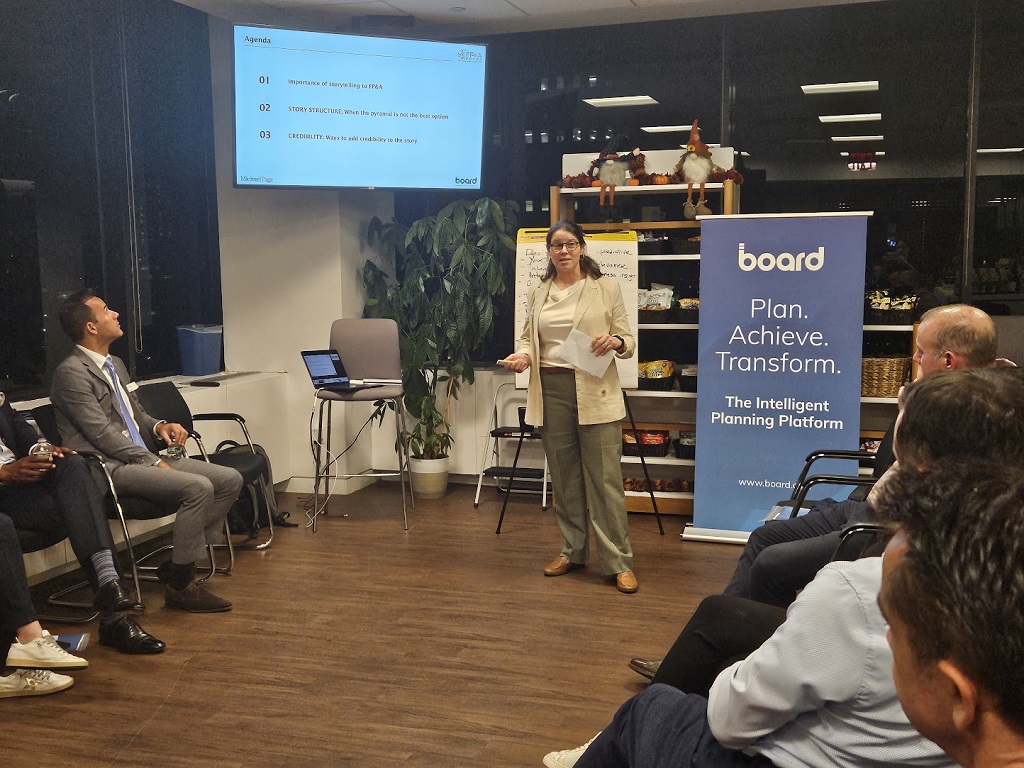
Figure 4: Sonia Mondor shares her insights at New York FP&A Board №10, October 2023
Sonia Mondor, SVP Finance and Analytics at Ultimate Medical Academy, presented a business case related to FP&A Storytelling. She shared her observation that it was important to provide the right amount of data since people could be easily overwhelmed. Learning from her experience, she found that sometimes it was better to summarize the key takeaways on the first three pages of the presentation. As FP&A influences the organization, it is vital to use this power wisely.
More insights and information are not necessarily better. Sonia shared that tailoring the story to the audience was crucial. The top-down approach will work, but in some cases, it can be more productive to start with the data first and help the audience come to meaningful conclusions themselves. This approach will do in those particular cases where the outcome relates to sensitive topics such as organizational restructuring. You need to show your audience that you think way further than the numbers you present tell them. You also need to be aware of the trends, comparisons, and areas of improvement. It is also imperative to consider the downsides of your recommendations since they can involve various risks. Sonia said that machines would not fully replace the FP&A function in the future due to the complexity of the FP&A team’s work.
Q&A Session and Group Discussions
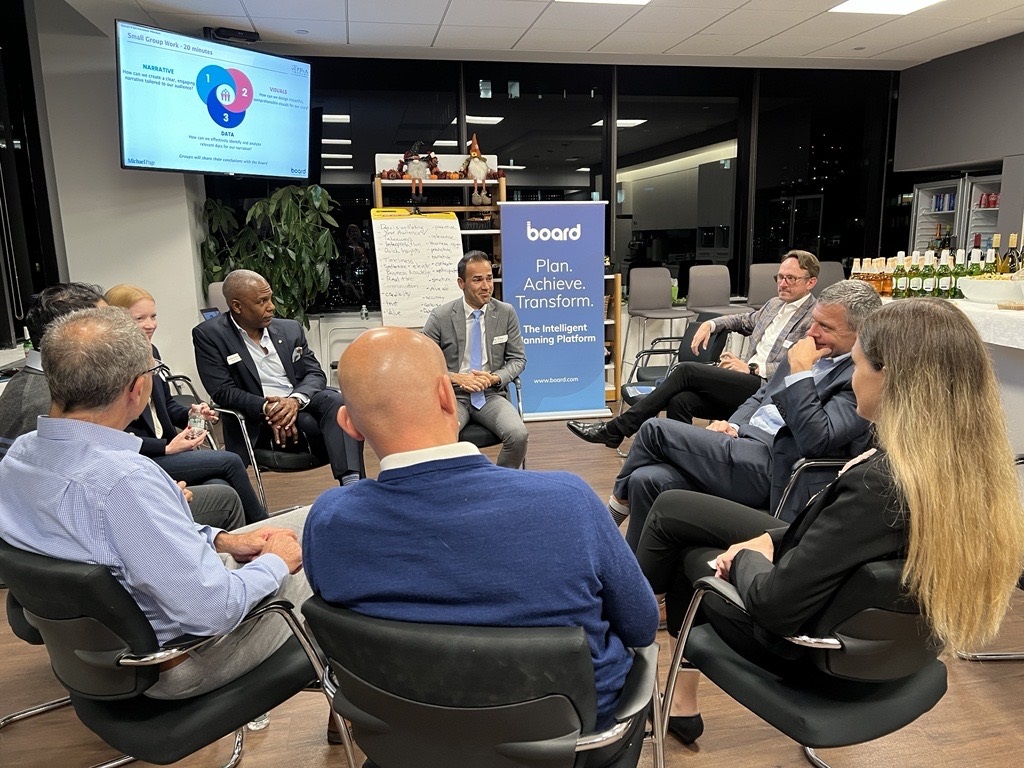
Figure 5: Group Work, New York FP&A Board №10, October 2023
In the Q&A section, executives also shared that being a good Business Partner to the decision-makers is highly important. In addition, sharing the latest updates in the markets and learning to read the room to tailor the message to your audience can be the most beneficial factor for success. The New York FP&A Board members also discussed how to make storytelling interesting and exciting and mentioned the practical ways to engage the audience.
Right after it, the attendees were separated into three teams to discuss in greater detail such topics as:
- How to create a clear and engaging narrative for our audience?
- How to design the visuals: what works best?
- Best approaches to analyzing the data for FP&A storytelling.
The key takeaways from the group discussions were as follows:
Narrative
- Pay attention to the overarching theme and tie your presentation to the corporate strategy.
- Use the buzzwords,
- Keep it engaging, and
- Make it relevant.
Visuals
- Less is more in FP&A,
- Use the space effectively,
- Do not bore the audience,
- Visuals should support succinct storytelling,
- Lead with insights and try sharing something they haven’t heard before: it will help you capture the audience most effectively.
Data
- Focus on effectiveness,
- Garbage In, Garbage Out – you need to make sure the data is clean. There will be more and more data. Make sure you cleanse it before presenting,
- Consider hiring a few data scientists.
Conclusion
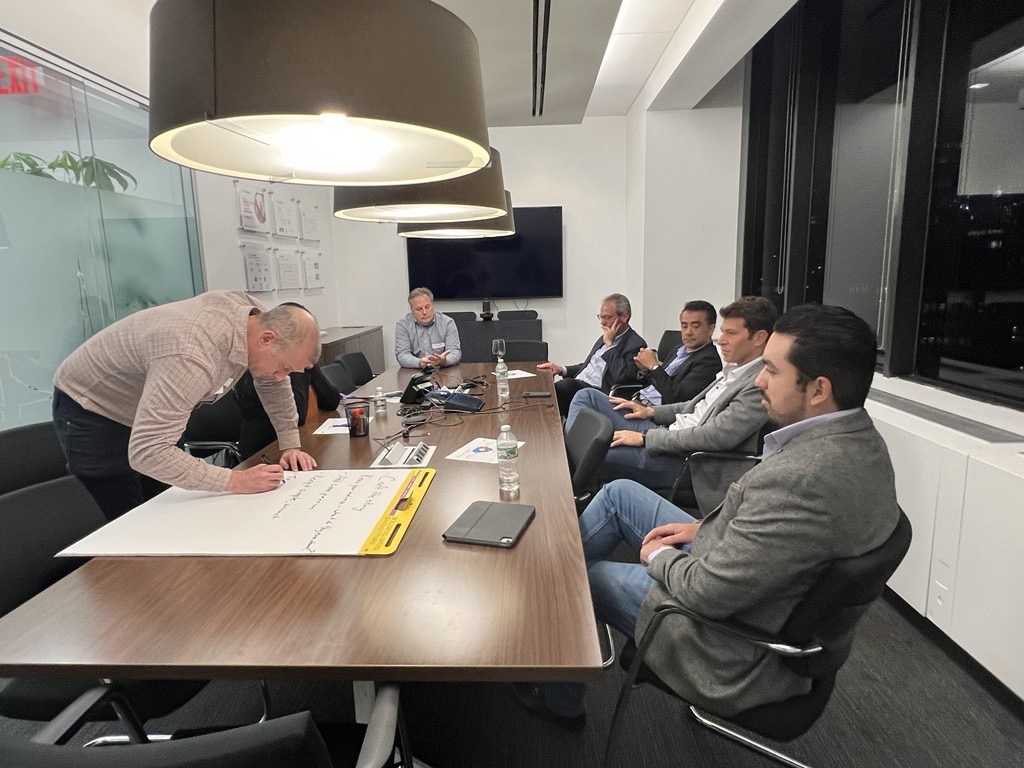
Figure 6: Group Work, New York FP&A Board №10, October 2023
This event turned out to be a great success as participants engaged in a lively discussion around various topics related to FP&A storytelling in a digital world. They shared the latest trends, developments, and best practices. The evening concluded with networking, where the New York FP&A Board members could share their reflections with peers.


